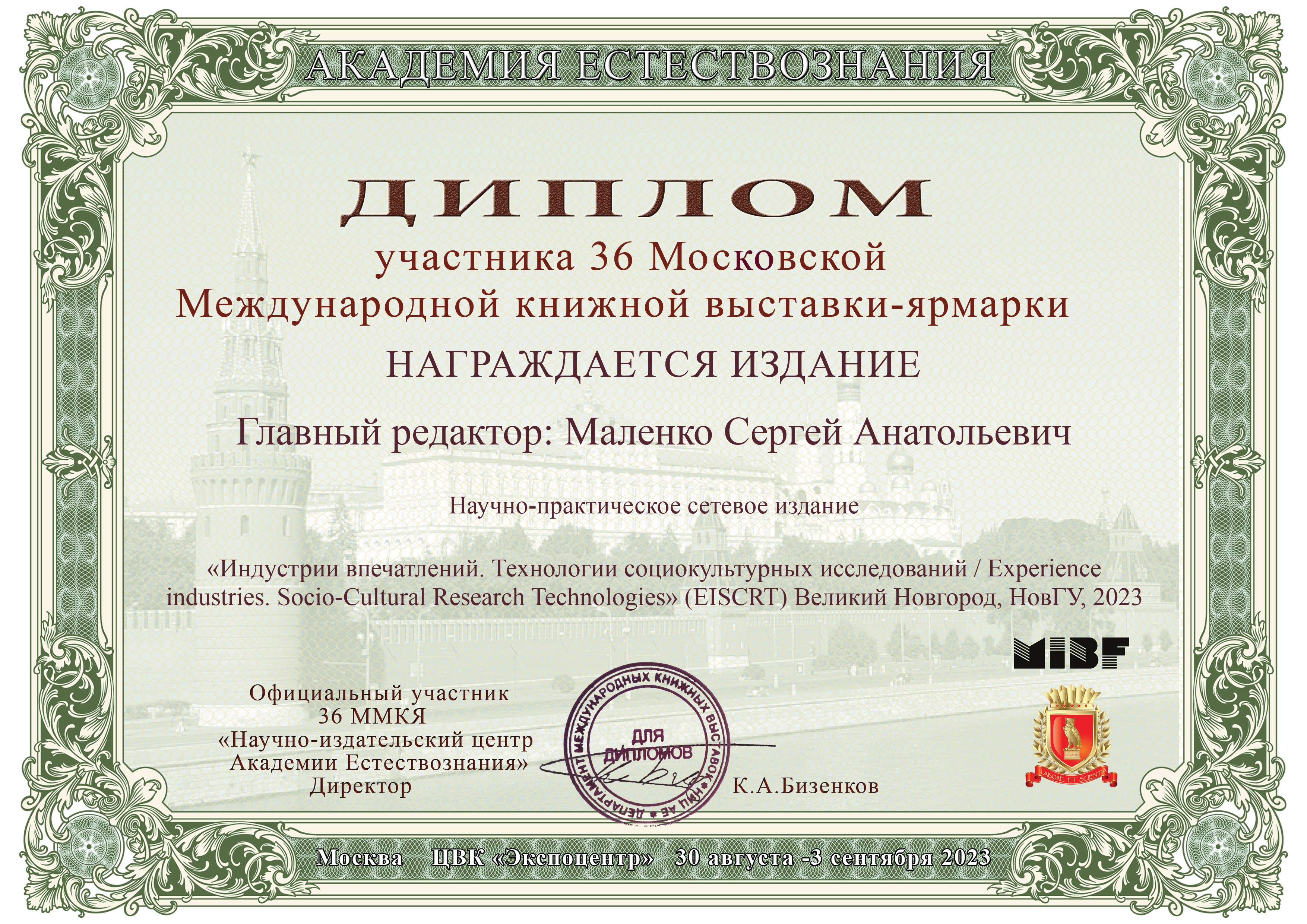CINEMATOGRAPHIC EXPRESSION IN THE MANGA “CRIME AND PUNISHMENT” BY OSAMU TEZUKA
DOI:
https://doi.org/10.34680/EISCRT-2022-1(1)-46-75Keywords:
“Crime and Punishment”, manga, Osamu Tezuka, cinema, expression, frame, angle, visualization, adaptation of a literary work, animation, popular cultureAbstract
In the modern world, Japanese comics (manga) are an important part of the entertainment industry and play a huge role in Japanese and world culture. A special place is occupied by graphic adaptations of works of literature that use the laws of visualization and are characterized by a high degree of cinematography. In Osamu Tezuka’s adaptation of F.M. Dostoevsky’s novel "Crime and Punishment", the use of methods and techniques from the field of cinematography makes it possible to multiply the effect of scene perception, based solely on visualization tools. The graphical adaptation of a novel, as a rule, leads to a simplification of the characters’ images, to a change in the storyline, which ultimately greatly simplifies and impoverishes the idea of the work. But the increase in cinematography allows Osamu Tezuka to keep the emotional component when creating the character’s image, to increase the dynamism and expressiveness of the most significant episodes. The expression of many scenes and episodes in the manga, despite its apparent simplicity, is so great that it has a strong influence on the feelings and emotions of a reader. The article discusses some examples of cinematic techniques used by Osamu Tezuka when creating the “Crime and Punishment” manga. Partly deliberately simplified images in the graphic processing of certain scenes receive a certain depth precisely through the use of cinematic visualization tools and the synergy of the three arts (literature, fine art and film art).
For citation:
Vanyushkina, O. E. (2022). Cinematographic expression in the manga "Crime and Punishment" by Osamu Tezuka. Experience industries. Socio-Cultural Research Technologies (EISCRT), 1 (1), 46-75. (In Russian). https://doi.org/10.34680/EISCRT-2022-1(1)-46-75








